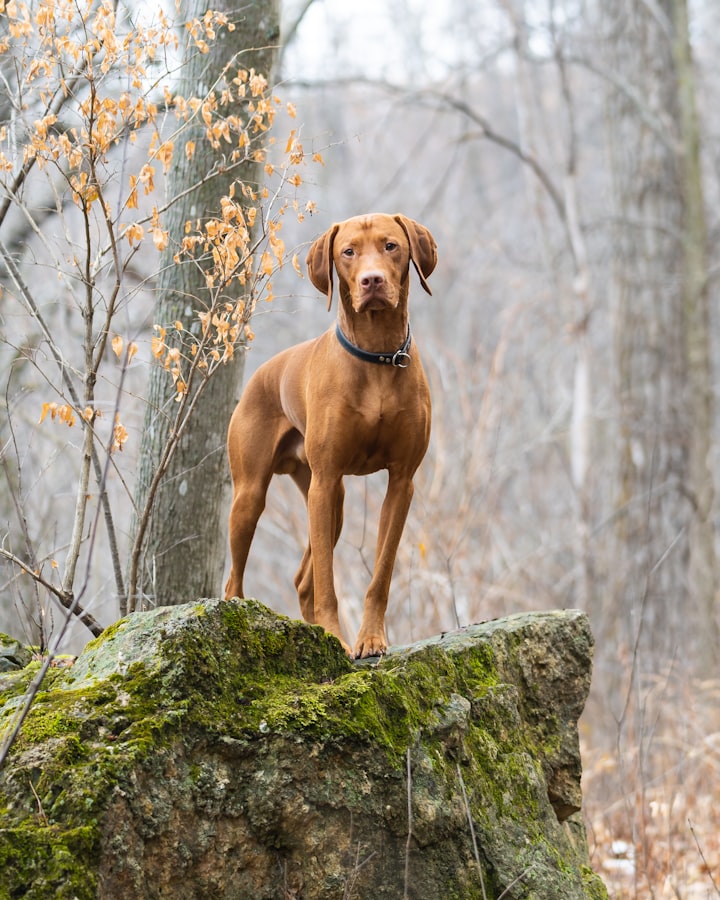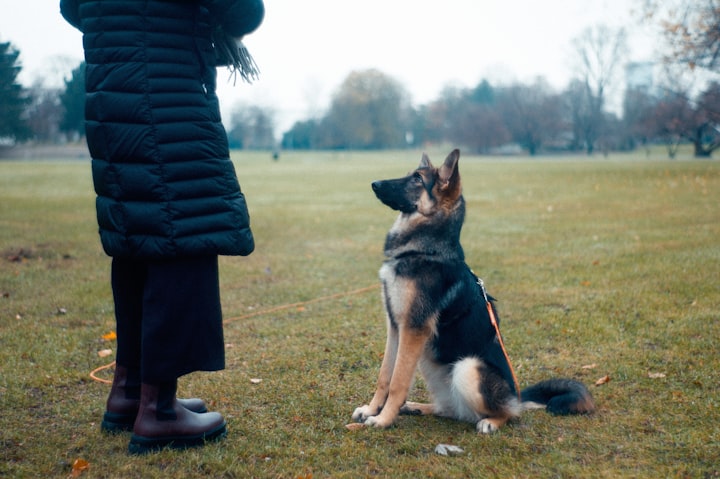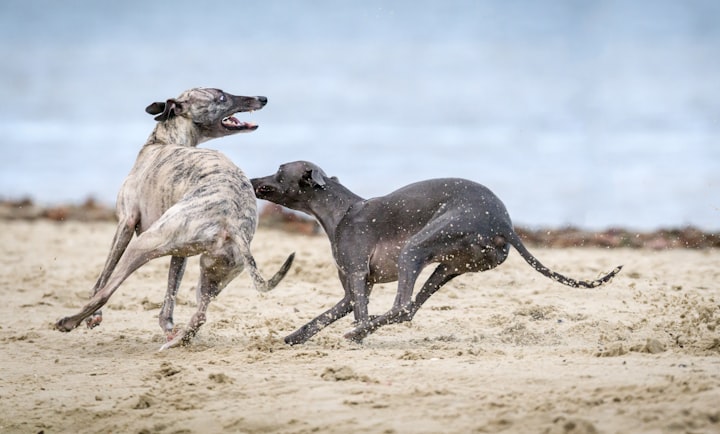Off-Leash Freedom
A Comprehensive Guide on Training Your Dog to Be Off-Leash

Introduction:
Giving your dog the freedom to explore and enjoy off-leash adventures is a rewarding experience for both you and your furry friend. However, training your dog to be reliable off-leash requires patience, consistency, and a systematic approach. In this comprehensive guide, we will explore effective strategies and practical tips to help you train your dog to be off-leash, ensuring their safety, and fostering a strong bond between you.
Establish a Solid Foundation of Basic Commands:
Before embarking on off-leash training, it's crucial to establish a strong foundation of basic commands. Your dog should be proficient in commands such as sit, stay, come, and heel. These commands form the building blocks for off-leash training and provide you with control and communication tools when your dog is off-leash.

Gradual Introduction to Off-Leash Training:
Start off-leash training in a secure and enclosed area, such as a fenced yard or a dog park. Begin by practicing recall exercises, calling your dog's name and rewarding them when they come to you. Use high-value treats or toys as rewards to reinforce their response. Gradually increase the distance and level of distractions as your dog becomes more reliable in their recall. This gradual approach ensures that your dog builds confidence and understands the expectations of off-leash behavior.

Use Long Lines and Extended Leash Training:
Long lines or extended leashes are valuable tools during off-leash training. Attach a long line to your dog's harness or collar and gradually give them more freedom to explore while maintaining control. Practice recall exercises with the long line, allowing your dog to roam and then calling them back to you. Use positive reinforcement, rewards, and praise when they respond promptly. Long lines provide a safety net and allow you to reinforce commands even when your dog is at a distance.

Proofing Off-Leash Recall in Various Environments:
Once your dog is reliable with off-leash training in a controlled environment, it's time to introduce them to different environments. Start in low-distraction areas, such as a quiet park or a hiking trail, and gradually expose them to more challenging environments with increased distractions. Practice recall exercises consistently, rewarding your dog for coming back to you even in the presence of distractions. This step-by-step approach helps your dog generalize their off-leash behavior across different settings. Practice off-leash recall in different settings, gradually increasing distractions. Reward your dog's prompt response, ensuring they come back to you even in challenging environments. Consistency and positive reinforcement are key.

Maintain Focus and Engagement:
Keeping your dog engaged and focused on you is essential during off-leash training. Use positive reinforcement, such as treats, toys, and praise, to reward their attention and responsiveness. Incorporate fun and interactive games during off-leash sessions to keep your dog mentally stimulated and motivated. Establishing yourself as the source of rewards and enjoyable experiences will encourage your dog to stay connected with you even when distractions are present.
Safety Precautions and Continued Training:
While off-leash training provides freedom, it's crucial to prioritize safety. Ensure your dog is wearing proper identification tags and is microchipped in case of any unforeseen circumstances. Assess the surroundings for potential hazards, such as busy roads or unsafe areas, before allowing off-leash access. Additionally, ongoing training and reinforcement are necessary to maintain your dog's off-leash reliability. Continue practicing recall exercises and reinforcing commands regularly, even after your dog has become proficient off-leash.
Conclusion:
Training your dog to be off-leash is a journey that requires patience, consistency, and a focus on building a strong foundation of commands and trust. By following these strategies, you can enjoy the freedom of off-leash adventures with your well-trained and trustworthy canine companion.





Comments
There are no comments for this story
Be the first to respond and start the conversation.